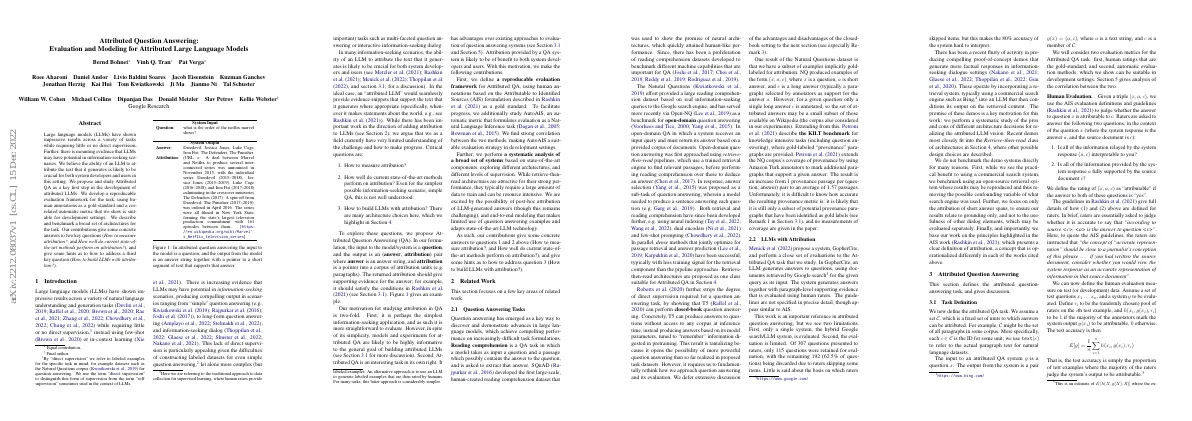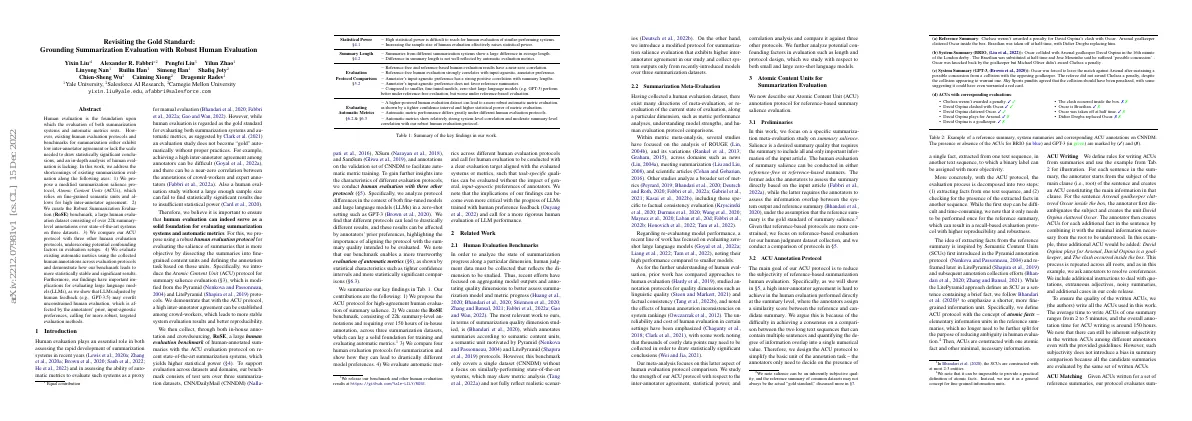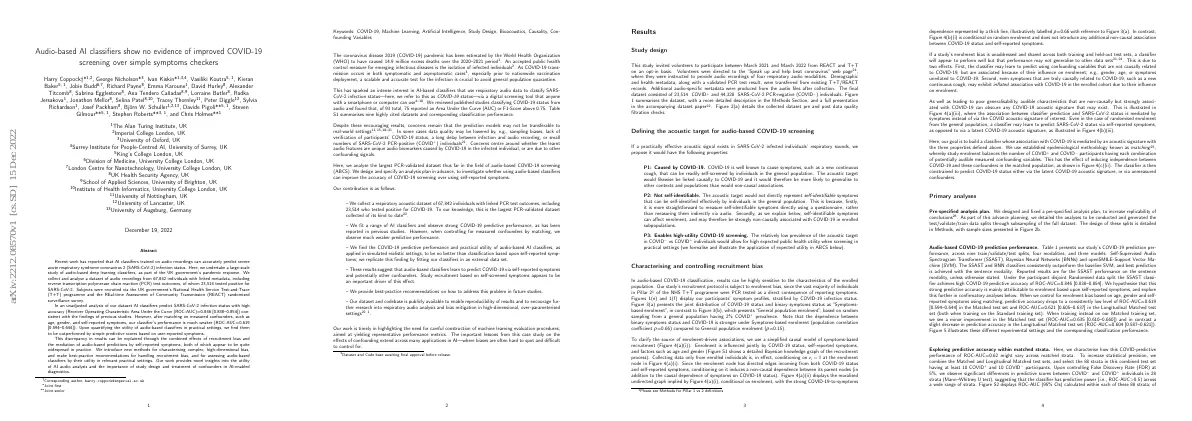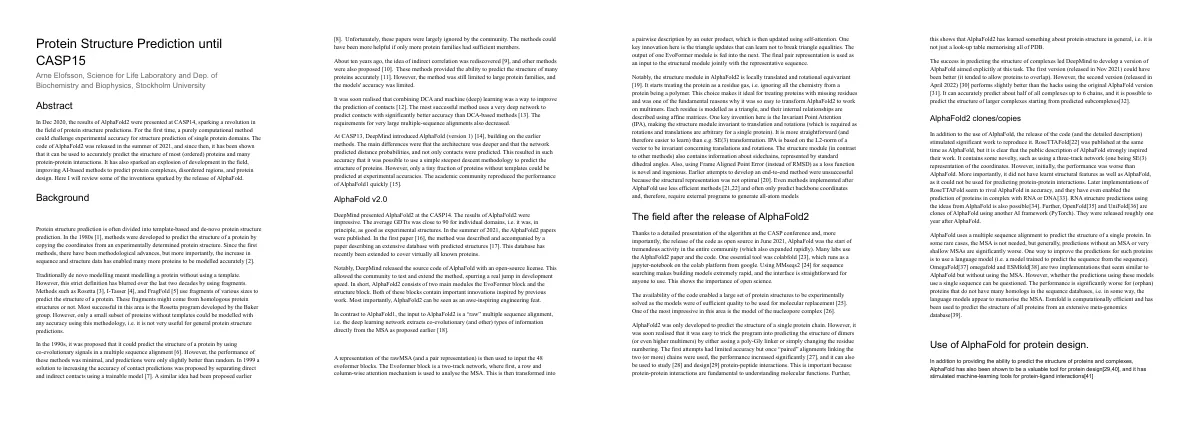Link to paper The full paper is available here.
You can also find the paper on PapersWithCode here.
Abstract Xenophobia is a key driver of discrimination and conflict Many ML fairness frameworks do not measure or mitigate xenophobic harms Aim to bridge the gap between AI and xenophobia Identify distinct types of xenophobic harms Review potential interplay between AI and xenophobia in various application domains Recommendations for inclusive, xenophilic design of future AI systems Paper Content Introduction AI is being used more and more in our daily lives There is a need to ensure that the risks and benefits of AI are distributed fairly AI systems can be biased against certain characteristics, such as race and gender AI systems need to take into account structural and historical power asymmetries This paper focuses on xenophobia, which is discrimination against the foreign Xenophobia is a growing problem, especially during the Covid-19 pandemic AI can be used to mitigate or amplify xenophobia Existing AI fairness strategies focus on legally protected groups AI systems need to make explicit normative choices when distinguishing between us and them AI can be used to detect hate speech and dangerous speech This paper reviews the impact of xenophobia in social media, healthcare, immigration, employment, and large pre-trained models The paper makes a moral argument for inclusive, xenophilic systems On xenophobia Xenophobia is a form of hostility or prejudice directed towards foreigners, immigrants or those construed as “others” It can manifest as fear, dislike or hate towards people who are perceived to be different It has been associated with misassociations, stereotyping and cognitive bias It may be attitudinal prejudice or systematically biased institutional and structural processes Xenophobia is distinct from racism It is orientated around the notion of “civic ostracism” It penalises individuals on the basis of their foreignness It may result in discriminatory material disadvantages It may deny individuals proper ethical recognition It may restrict the effective exercise of individuals’ rights It may manifest differently than racism or sexism Practical considerations Development of technological solutions can address discrimination against those perceived to be foreign Design of inclusive and xenophilic AI solutions can help address discrimination Social media Social media can amplify xenophobia Low barriers to entry and difficulty in moderation can lead to fake news and hateful speech Social media can also provide a medium for positive and inclusive views Social media can shape culture, both positively and negatively There is a strong link between social media and hate crime Harms in the digital sphere can extend to the real world Social media can be used to shape public opinion and exclude minority views Deepfakes can amplify xenophobic narratives Promise....









